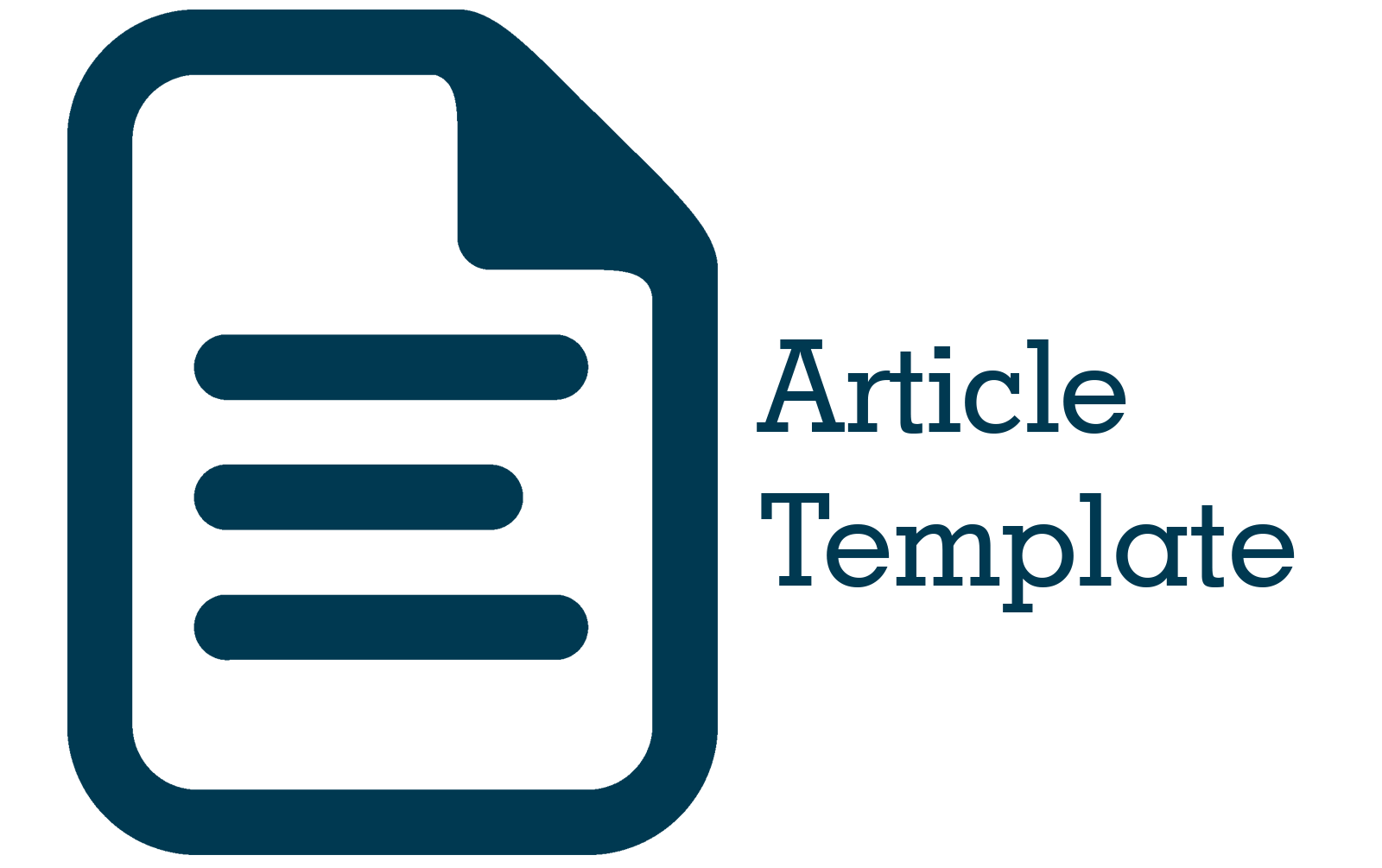Gambaran Kombinasi Rejimen Kemoterapi pada Penderita Kanker Payudara Luminal B di RSUD Al-Ihsan Bandung
Abstract
Abstract. Luminal B breast cancer is a tumor that has high levels of estrogen receptor positive, progesterone receptor negative, and HER2 positive. HER2 positivity makes breast cancer have a higher genomic risk than luminal A, so the prognosis for luminal B is worse than luminal A. Luminal B breast cancer tends to benefit from chemotherapy. This study aims to understand the description of combination chemotherapy regimens in luminal B breast cancer sufferers at Al-ihsan Hospital Bandung in 2018 - 2022. The number of samples was 222 taken from Al-Ihsan Hospital Bandung. Data was obtained from medical records in the form of breast cancer diagnosis, age, gender, and regimen combination. This technique uses total sampling. Using quantitative observational methods with a cross sectional research design and data analysis using Chi-Square. The research results show that in 2018-2019 the most widely used regimen was DOCE + CYCLOF with percentages of 80% and 48%. In 2020-2021, the majority will be FAC with percentages of 59.2% and 35.1%. In 2022, the majority will be DOCE + CARB (43.9%). The conclusion of this study is to show an overview of the chemotherapy regimen combination for luminal B breast cancer that was most widely used in 2018-2019, namely DOCE + CYCLOF, in 2020-2021, namely FAC, and in 2022, namely DOCE + CARB.
Abstrak. Kanker payudara luminal B merupakan tumor yang memiliki reseptor estrogen positif tingkat tinggi, reseptor progesteron negatif, dan HER2 positif. HER2 positif membuat kanker payudara memiliki risiko genomik yang tinggi dibanding luminal A, sehingga prognosis luminal B lebih buruk dibanding luminal A. Kanker payudara Luminal B cenderung mendapat manfaat dari kemoterapi. Penelitian ini bertujuan untuk memahami gambaran kombinasi rejimen kemoterapi pada penderita kanker payudara luminal B di RSUD Al-ihsan Bandung tahun 2018 - 2022. Jumlah sampel yaitu 222 yang diambil dari RSUD Al-Ihsan Bandung. Data diperoleh dari rekam medis berupa diagnosis kanker payudara, usia, jenis kelamin, dan kombinasi regimen. Teknik ini menggunakan total sampling. Menggunakan metode kuantitatif observasional dengan desain penelitian cross sectional dan analisis data menggunakan Chi-Square. Hasil penelitian menunjukan pada tahun 2018-2019 regimen yang paling banyak dipakai yaitu DOCE + CYCLOF dengan persentase sebesar 80% dan 48%. Pada tahun 2020-2021 sebagian besar yaitu FAC dengan persetase sebesar 59.2% dan 35.1%. Pada tahun 2022, sebagian besar yaitu DOCE + CARB (43.9%). Kesimpulan penelitian ini adalah menunjukan gambaran kombinasi regimen kemoterapi pada kanker payudara luminal B yang paling banyak digunakan pada tahun 2018-2019 yaitu DOCE + CYCLOF, pada tahun 2020-2021 yaitu FAC, dan pada tahun 2022 yaitu DOCE + CARB.
References
“What Is Breast Cancer? | CDC.” Accessed: Jan. 22, 2023. (Online). Available: https://www.cdc.gov/cancer/breast/basic_info/what-is-breast-cancer.htm
F. Ades et al., “Luminal B breast cancer: Molecular characterization, clinical management, and future perspectives,” Journal of Clinical Oncology, vol. 32, no. 25. American Society of Clinical Oncology, pp. 2794–2803, Sep. 01, 2014. doi: 10.1200/JCO.2013.54.1870.
“KEPUTUSAN MENTERI KESEHATAN REPUBLIK INDONESIA”.
“Chemotherapy - Mayo Clinic.” Accessed: Feb. 04, 2023. (Online). Available: https://www.mayoclinic.org/tests-procedures/chemotherapy/about/pac-20385033
“Chemotherapy for Metastatic Breast Cancer.” Accessed: Feb. 26, 2023. (Online). Available: https://www.verywellhealth.com/is-chemotherapy-used-to-treat-metastatic-breast-cancer-4154715
B. Pellegrino et al., “Luminal Breast Cancer: Risk of Recurrence and Tumor-Associated Immune Suppression,” Molecular Diagnosis and Therapy, vol. 25, no. 4. Adis, pp. 409–424, Jul. 01, 2021. doi: 10.1007/s40291-021-00525-7.
A. A. Mohammed, “Prognostic parameter differences in breast cancer patients between luminal A and luminal B types after application of the new classification according to Ki67 score,” International Journal of Surgery Open, vol. 34, Jul. 2021, doi: 10.1016/j.ijso.2021.100357.
Z.-H. Li, P.-H. Hu, J.-H. Tu, and N.-S. Yu, “Luminal B breast cancer: patterns of recurrence and clinical outcome,” 2016. (Online). Available: www.impactjournals.com/oncotarget
O. M. N. Khatib, “Guidelines for the early detection and screening of breast cancer WHO,” 2006.
“Age standardized (World) incidence rates, breast, all ages”, doi: 10.8.
A. G. Waks and E. P. Winer, “Breast Cancer Treatment: A Review,” JAMA, vol. 321, no. 3, pp. 288–300, Jan. 2019, doi: 10.1001/JAMA.2018.19323.
Aida Fitriyane Hamdani, Wida Purbaningsih, and Widhy Yudistira Nalapraya, “Karakteristik Demografi dan Klinikopatologi Pasien Kanker Paru di RSUD Al−Ihsan,” Jurnal Riset Kedokteran, pp. 97–102, Dec. 2023, doi: 10.29313/jrk.v3i2.2959.
Bestari Yuniah, Yudi Feriandi, and Fajar Awalia Yulianto, “Proporsi Konsumsi Junk Food dan Status Gizi Berlebih di Mahasiswa Kedokteran,” Jurnal Riset Kedokteran, pp. 69–74, Dec. 2023, doi: 10.29313/jrk.v3i2.2878.
S. Haryani, “Evaluasi Penggunaan Obat Kemoterapi Pada Pasien Kanker Payudara di RSUP Fatmawati Periode Februari 2021,” 2022. (Online). Available: https://rsupfatmawati.co.id/jfklin
Aditya Pradipta Lantik, Sadeli, and Purnomo, “Infeksi Helicobacter pylori pada Penderita Gastritis menjadi Faktor Risiko Anemia Defisiensi Besi,” Jurnal Riset Kedokteran, pp. 75–82, Dec. 2023, doi: 10.29313/jrk.v3i2.2880.
E. Suparman, E. Suparman Bagian, S. Obstetri, G. Rsup, and R. D. Kandou, “PERAN ESTROGEN DAN PROGESTERON TERHADAP KANKER PAYUDARA.”
B. G. Katzung, “Basic & Clinical Pharmacology Katzung B.” (Online). Available: http://www.usdoj.gov/dea/pubs/scheduling.html











